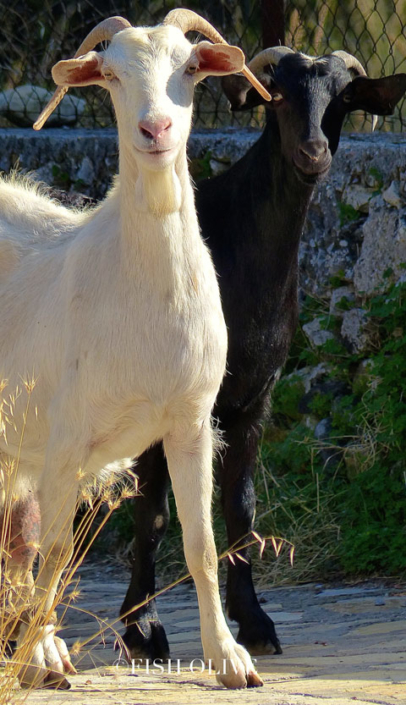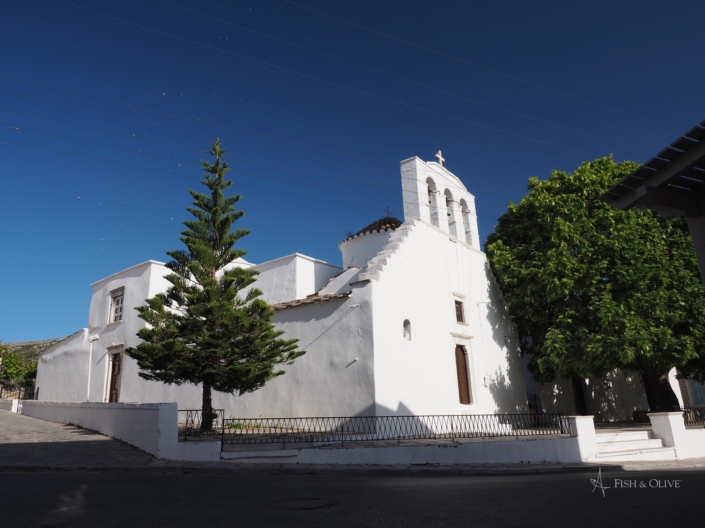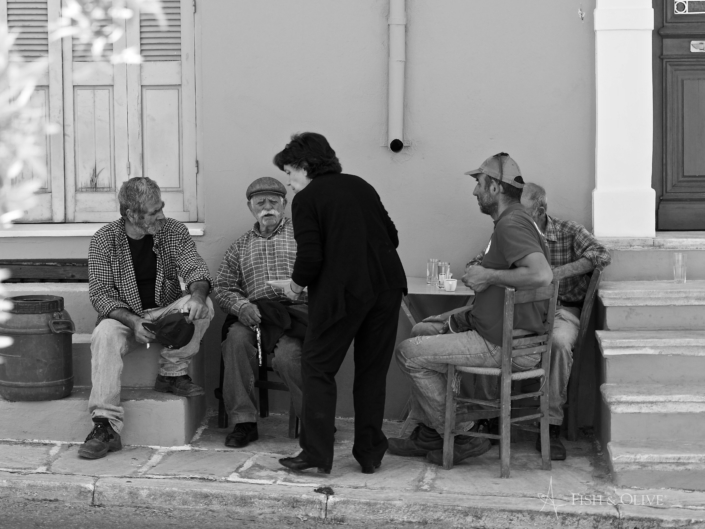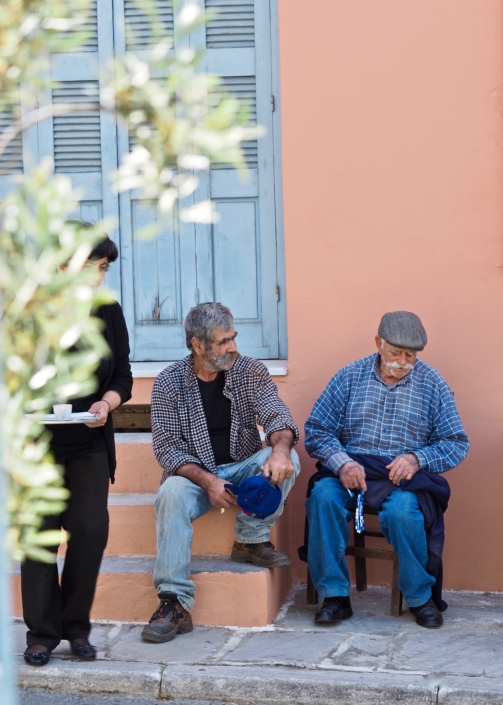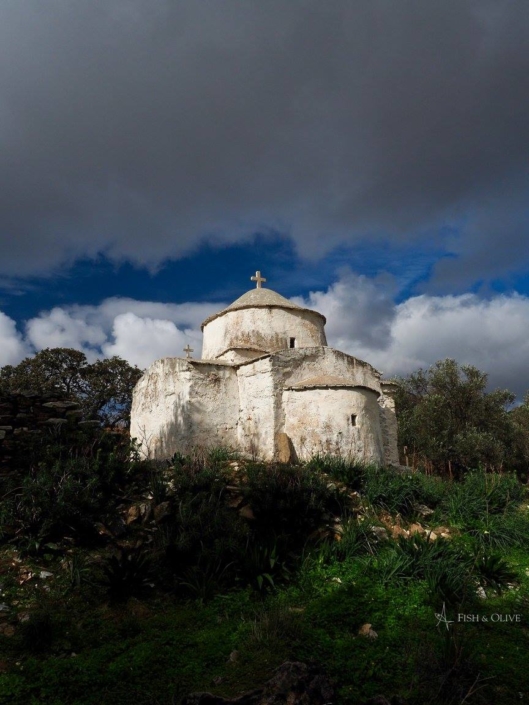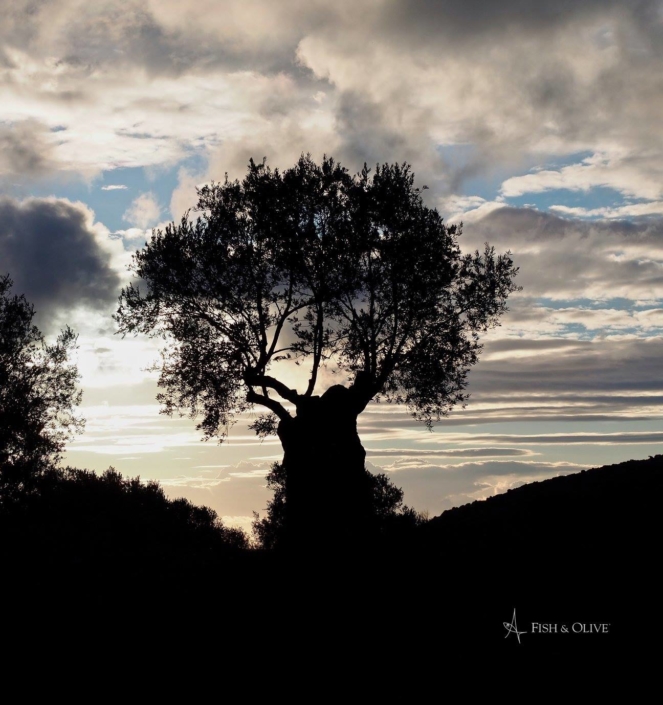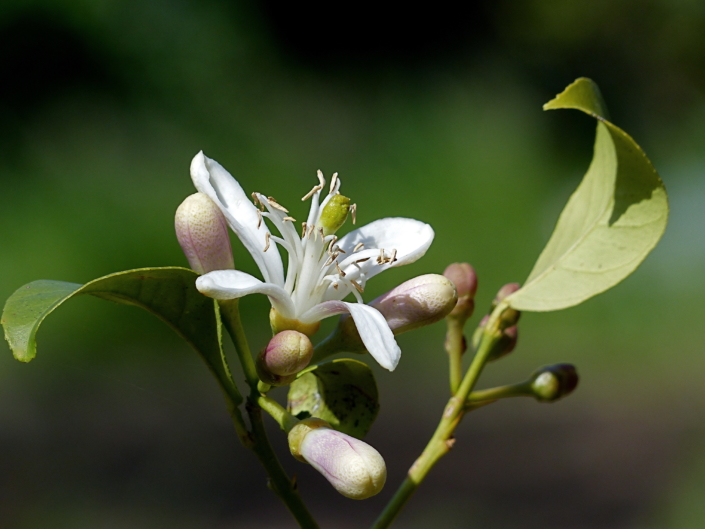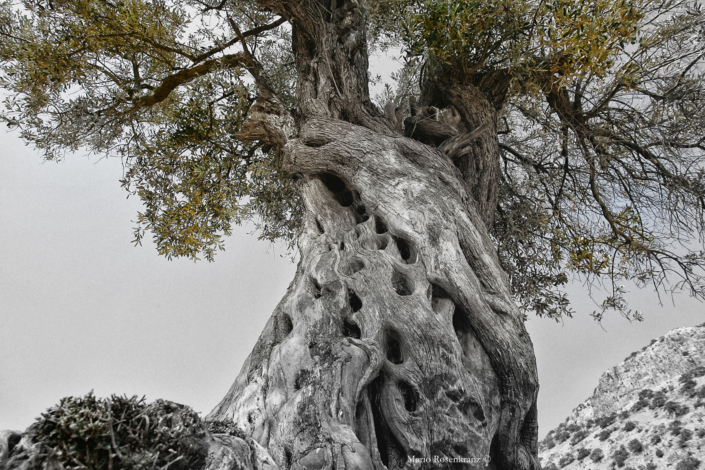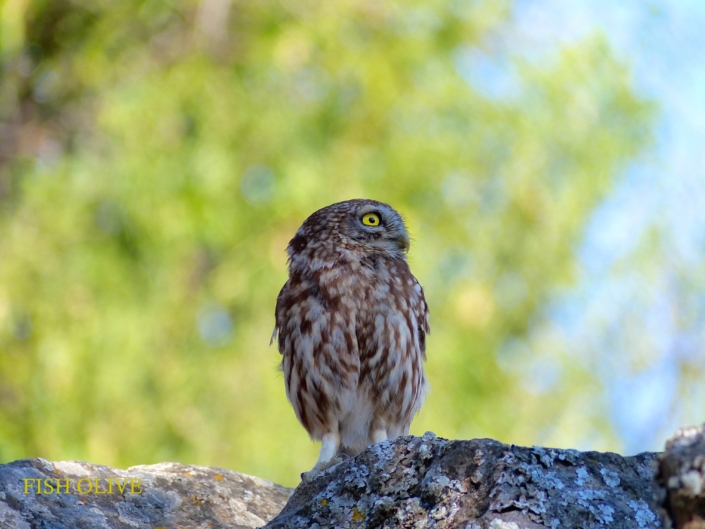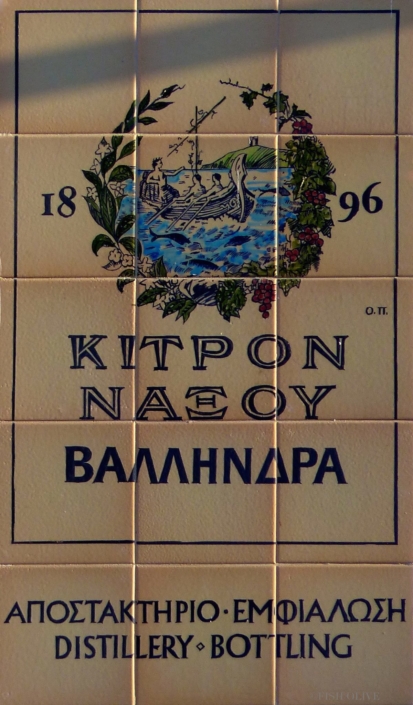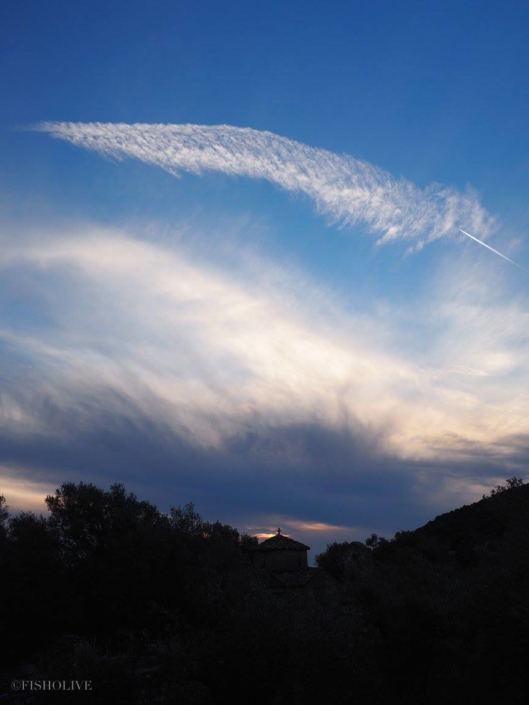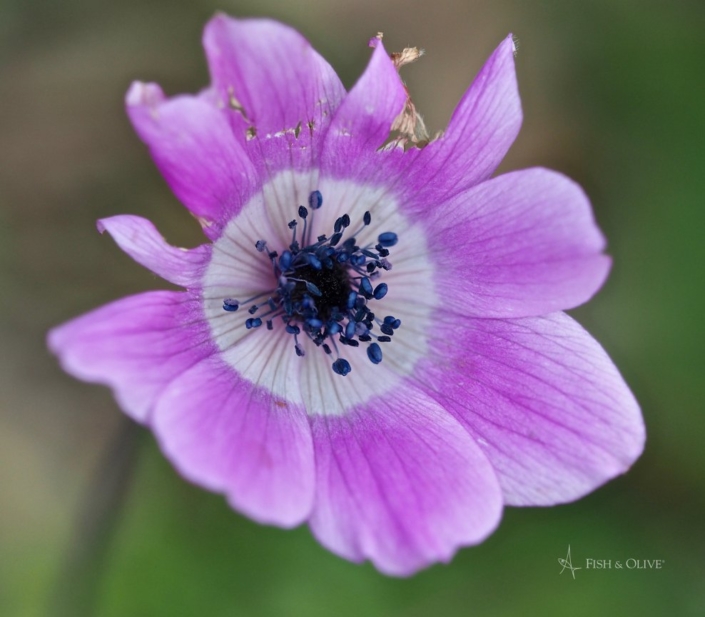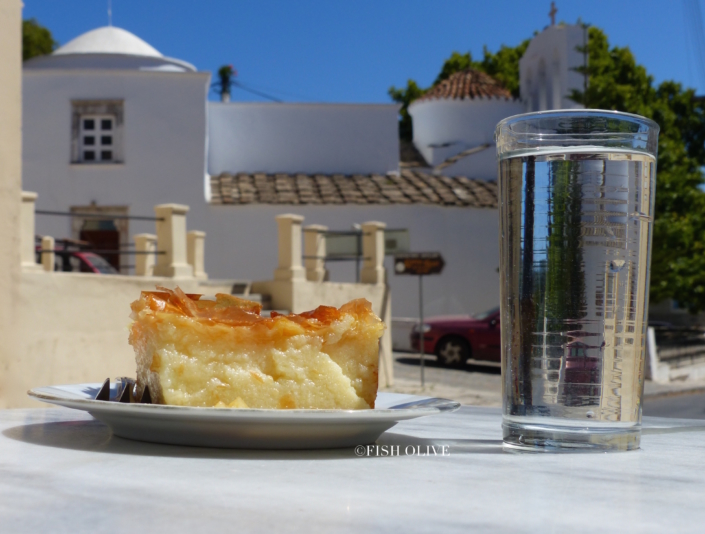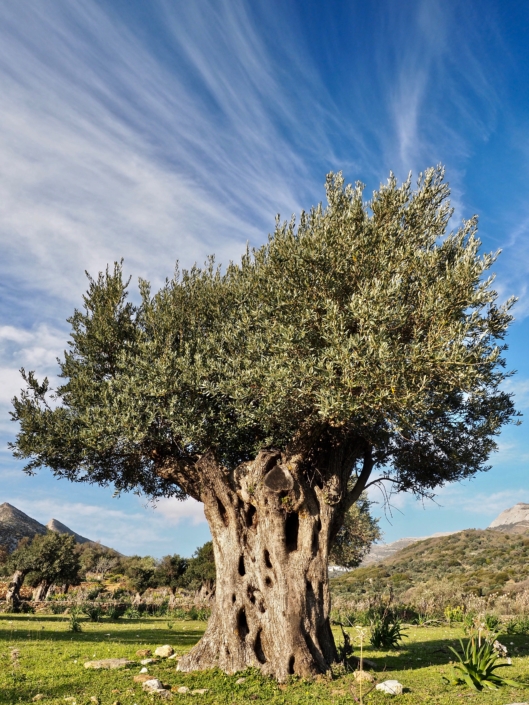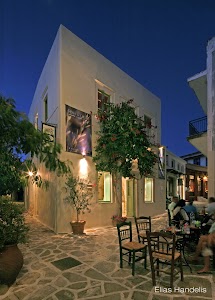Halki lies at the centre of Naxos and is only 20 minutes by road from Chora, the main town and harbour of the island. The village lies at the heart of Tragea, the triangle, which is also known by the ancient Greek name Drimalias, the forest of olive trees. The olive trees of Tragea originated hundreds of years ago in Venetian Naxos. They are deeply symbolic, not only of the Mediterranean Sea but also of the island heritage of Naxos. It is no wonder that Katharina Bolesch and Alexander Reichardt have adopted the fish and the olive as the enduring design motifs of their work.
Everywhere you turn in Halki you find famous Byzantine churches and the neoclassical façades of old merchants’ villas, their mottled walls adding to the atmosphere of history and serenity. Such fine buildings bear witness to Halki’s long history as the island’s capital and trading centre; a position it maintained from Byzantine and Venetian times until the mid-20th century, when the village was virtually abandoned after World War II and the Greek Civil War.
Today, against this background of Cycladian tradition and culture, Halki has enjoyed a gentle renaissance. In Halki is the oldest distillery on Naxos, the Vallindras distillery, guardian of the island’s tradition of kitron production. Surrounding the distillery and the Fish & Olive gallery is a small network of shops, cafés and restaurants that include the unique Era, specialists in the production of delicious jams and the famous ‘spoon sweets’ of Greece.
The village kafeneion is the friendly heart of local life in Halki, a Naxian village now reborn as a traditional work place amidst a thousand years of Cycladic history.


